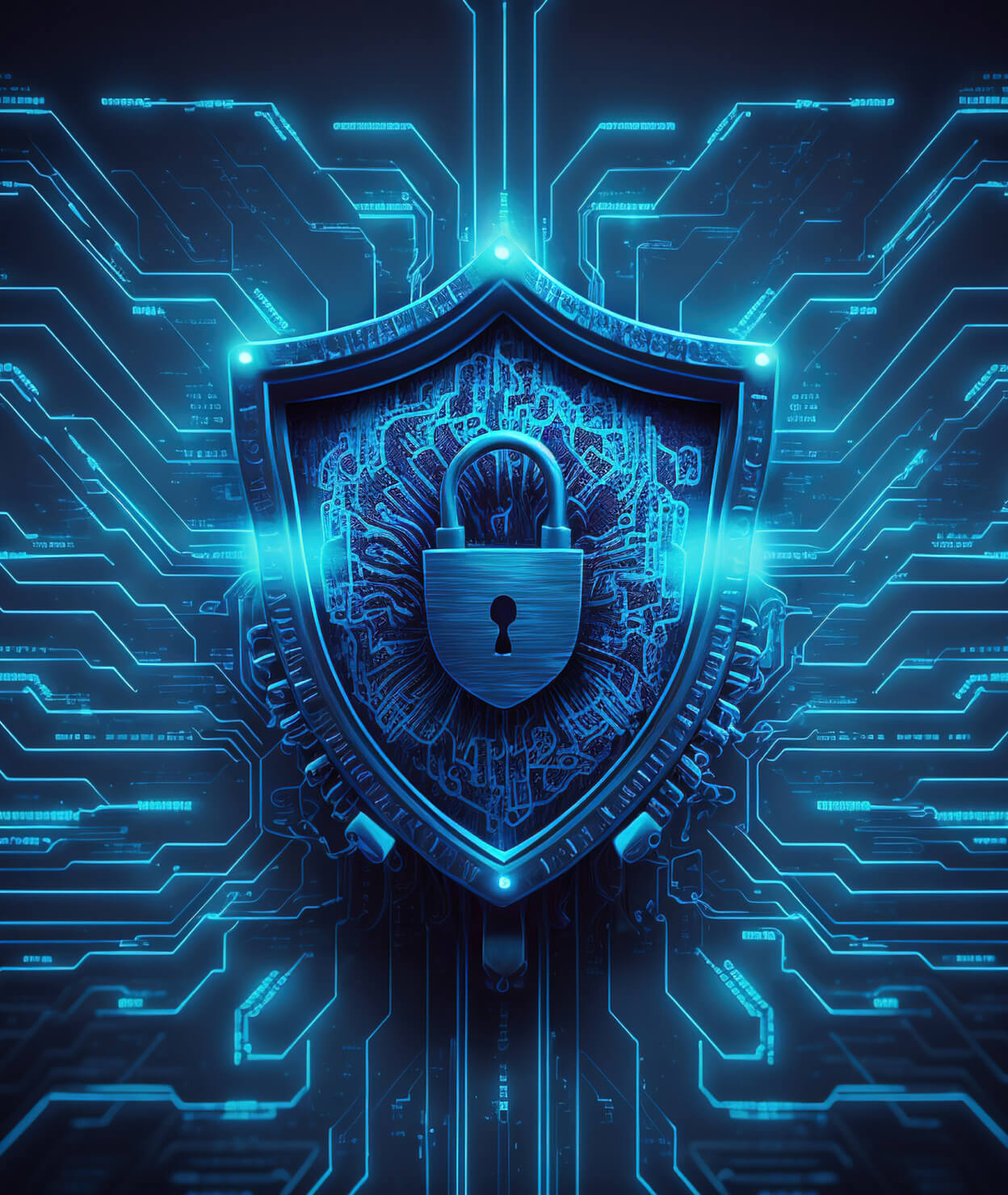Explore EDR Technology
Help protect and secure endpoints against zero-day exploits, incidents, and data loss using third-party software.
Endpoint Detection and Response (EDR) plays a vital role in contemporary cybersecurity, empowering organizations to detect, investigate, and respond to threats across network endpoints in real-time. Unlike traditional antivirus tools that depend primarily on known signatures, EDR offers a proactive, dynamic defense. It leverages continuous monitoring and sophisticated analytics to identify threat patterns and behaviors, even for previously unknown attacks. This makes EDR highly effective in combating zero-day exploits and advanced persistent threats (APTs), which often evade conventional security defenses.
- Real-time Endpoint Monitoring
- Real-Time Visibility into Endpoint Activities
- Centralized Management and Reporting


Choosing the Right EDR Solution for Your Organization
Emin Labs helps you implement the ideal EDR solution tailored to your security needs, offering robust protection, fast detection, and efficient response. With our expert SOC services, we provide continuous monitoring and rapid support to keep your organization ahead of evolving cyber threats.

Which EDR Solution is Right for SMEs?
By EminLabs - Cyber Security Research GroupEminLabs Managed EDR
Deploying an Endpoint Detection & Response (EDR) solution in a small enterprise involves a few key steps to ensure effective setup and operation: Managed EDR Backed by 24/7 ThreatOps Prevention should never be your last line of defense.
-
Assess Security Needs
Identify specific security requirements, including endpoint types, data sensitivity, and potential threat vectors. This helps in choosing an EDR solution that fits the enterprise's needs.
-
Choose the Right EDR Solution
Select an EDR solution that aligns with budget, ease of use, and provides essential features like threat detection, response, and analytics. Ensure it’s scalable to support future growth.
-
Plan Deployment
Develop a deployment plan outlining which endpoints to cover, timelines, and resources needed. Set clear objectives for the deployment process to minimize disruptions.
-
Install the EDR Agents
Roll out EDR agents to all relevant endpoints (laptops, desktops, and servers). This can be done remotely or onsite, depending on infrastructure.
-
Configure Policies and Alerts
Customize the EDR settings, including detection policies, alerts, and response actions based on the organization’s risk profile and operational needs.
-
Integrate with Existing Security Infrastructure
Integrate the EDR with other tools (e.g., SIEM or SOC) if available. This enhances threat visibility and enables streamlined incident response.
-
Train Staff
Provide training for IT and security teams on using the EDR solution, including monitoring alerts, investigating incidents, and performing threat remediation.
-
Test and Monitor
Test the EDR setup by simulating potential threats to ensure it detects and responds as expected. Regularly monitor its performance and fine-tune settings as necessary.
-
Continuous Monitoring and Updates
Keep the EDR solution updated with the latest threat intelligence and software updates. Maintain regular reviews to ensure it continues to meet evolving security needs.
Detect Threats At The Source
It takes a combination of strategic network analysis, solutions that align with your needs, and responsive support from dedicated IT experts to keep your technology cyberthreat-free.
Key features and considerations for implementing an EDR solution within an organization's cybersecurity framework.
01
Behavioral Analysis
Monitors typical endpoint behaviors to detect unusual activities that may signal a security threat.

02
Anomaly Detection
Identifies deviations from baseline behaviors, detecting potential threats from sophisticated malware or insider attacks.

03
Continuous Learning
EDR systems adapt and learn from the environment to improve threat detection over time.

04
Proactive Threat Detection
Identifies and responds to threats before they cause significant damage, reducing the risk of data breaches.

05
Flexibility
Adapts to new technologies and evolving network structures, ensuring continued security effectiveness in hybrid environments.

06
Integration with Security Solutions
Seamless integration with tools like SIEM systems enhances overall security by correlating data across platforms.

07
Coordinated Threat Response
Collaboration between EDR and other security tools enables faster identification, isolation, and response to threats.

08
Scalability
Ensures the EDR solution can expand as the organization grows, maintaining performance with added endpoints.

Schedule A Call Today
Fix your meeting with us in 3 easy steps.
- 1. Choose your preferred meeting schedule.
- 2. Dig deep into your unique challenges with help from experts
- 3. Get IT recommendations for your business—whether you move forward with us or not.
- Sun
- Mon
- Tue
- Wed
- Thu
- Fri
- Sat





























